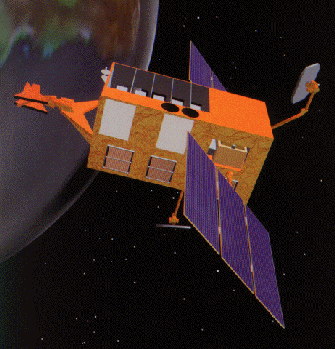
|
Explanation: Launched Saturday on a Delta rocket, the X-ray Timing Explorer (XTE) will watch the sky for rapid changes in X-rays. XTE carries three separate X-ray telescopes. The Proportional Counter Array (PCA) and the High Energy X-ray Timing Experiment (HEXTE) will provide the best timing information in the widest X-ray energy range yet available. They will observe stellar systems that contain black holes, neutron stars, and white dwarfs as well as study the X-ray properties of the centers of active galaxies. XTE's All Sky Monitor (ASM) will scan the sky every 90 minutes to find new X-ray transients and track the variability of old ones. XTE has a planned life time of two years.
|
January February March April May June July August September October November December |
| ||||||||||||||||||||||||||||||||||||||||||||||||
NASA Web Site Statements, Warnings, and Disclaimers
NASA Official: Jay Norris. Specific rights apply.
A service of: LHEA at NASA / GSFC
& Michigan Tech. U.
Based on Astronomy Picture
Of the Day
